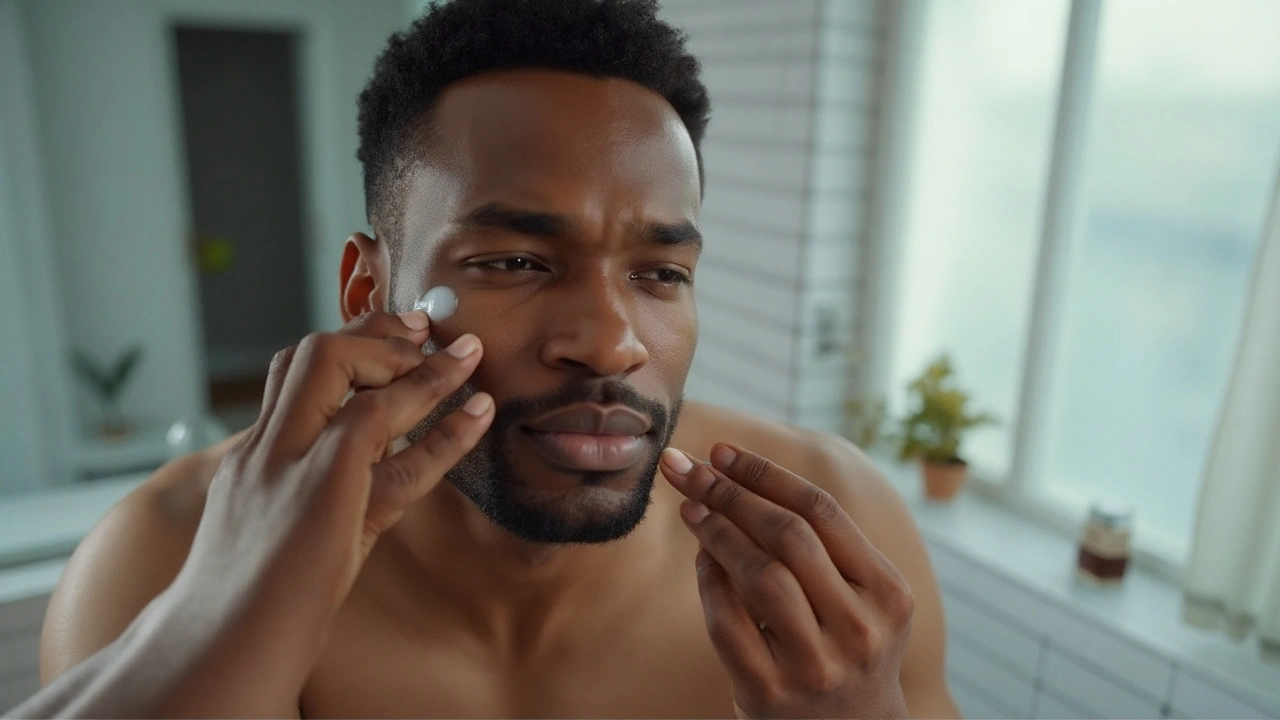Razor Burn Treatment: Quick Relief & Prevention
If you’ve ever felt that burning, stingy aftermath after a shave, you know how annoying razor burn can be. The good news is you don’t need a pharmacy visit or fancy gadgets to feel better. A few simple steps, everyday habits, and the right products can calm the irritation fast and keep it from coming back.
Immediate Relief Steps
First, stop the panic. Cool water is your best friend. Run a gentle stream over the shaved area for 30 seconds – this closes pores and eases the heat. Skip the hot towel; cold or lukewarm is enough.
Next, pat the skin dry with a clean towel. No rubbing, just light taps. Rubbing can worsen the micro‑cuts that cause the burn.
Apply a soothing agent right away. Look for ingredients like aloe vera, witch hazel, or chamomile. Aloe gel gives a cooling effect, while witch hazel reduces inflammation without a harsh alcohol sting. If you have a fragrance‑free, hypoallergenic aftershave balm, that works too.
For extra calm, try an over‑the‑counter hydrocortisone cream (1%) – but only for a day or two. It reduces redness quickly, but long‑term use can thin the skin.
Keep the area moisturized. A light, non‑comedogenic moisturizer locks in moisture and helps the skin repair. Avoid petroleum‑based ointments if you’re prone to acne, as they can clog pores.
If the burn feels itchy, resist the urge to scratch. Scratching opens the skin further and can lead to infection. Instead, use a cool compress or an anti‑itch lotion containing calamine.
Preventing Razor Burn Next Time
Preparation is half the battle. Wet your skin and hair for at least a minute before you shave. Warm water softens the hair, making it easier to cut without tugging.
Choose a sharp, clean razor. Dull blades tug the hair instead of slicing it, creating more friction and irritation. Replace blades after 5‑7 shaves or sooner if you notice pulling.
Use a quality shaving cream or gel that creates a thick lather. This buffer protects the skin from direct blade contact. Look for products with glycerin or shea butter – they keep the skin lubricated throughout the shave.
Shave in the direction of hair growth, not against it. Going against the grain may give a smoother feel, but it also raises the risk of razor burn. If you need a closer shave, do a second pass gently after the first.
After shaving, rinse with cool water again, pat dry, and apply a soothing aftershave balm. Avoid products with strong fragrances, alcohol, or menthol, as they can re‑irritate fresh skin.
Lastly, give your skin a break. If you shave daily, consider shaving every other day or using an electric razor on alternate days. Giving the skin time to heal reduces cumulative damage.
Following these steps, most razor burns disappear within a few hours to a day. If redness, swelling, or pain lasts more than 48 hours, or you see signs of infection (pus, increasing warmth), it’s smart to see a healthcare professional.
Razor burn doesn’t have to be a regular part of your grooming routine. With the right prep, gentle tools, and quick after‑shave care, you can shave smoothly and keep your skin calm and healthy.
Allantoin for Razor Burn: Prevent, Soothe, and Heal Irritated Skin (2025 Guide)
Allantoin calms razor burn. Learn how it works, the right % to use, step‑by‑step routines to prevent bumps, and safer product picks for sensitive skin.
Learn more...